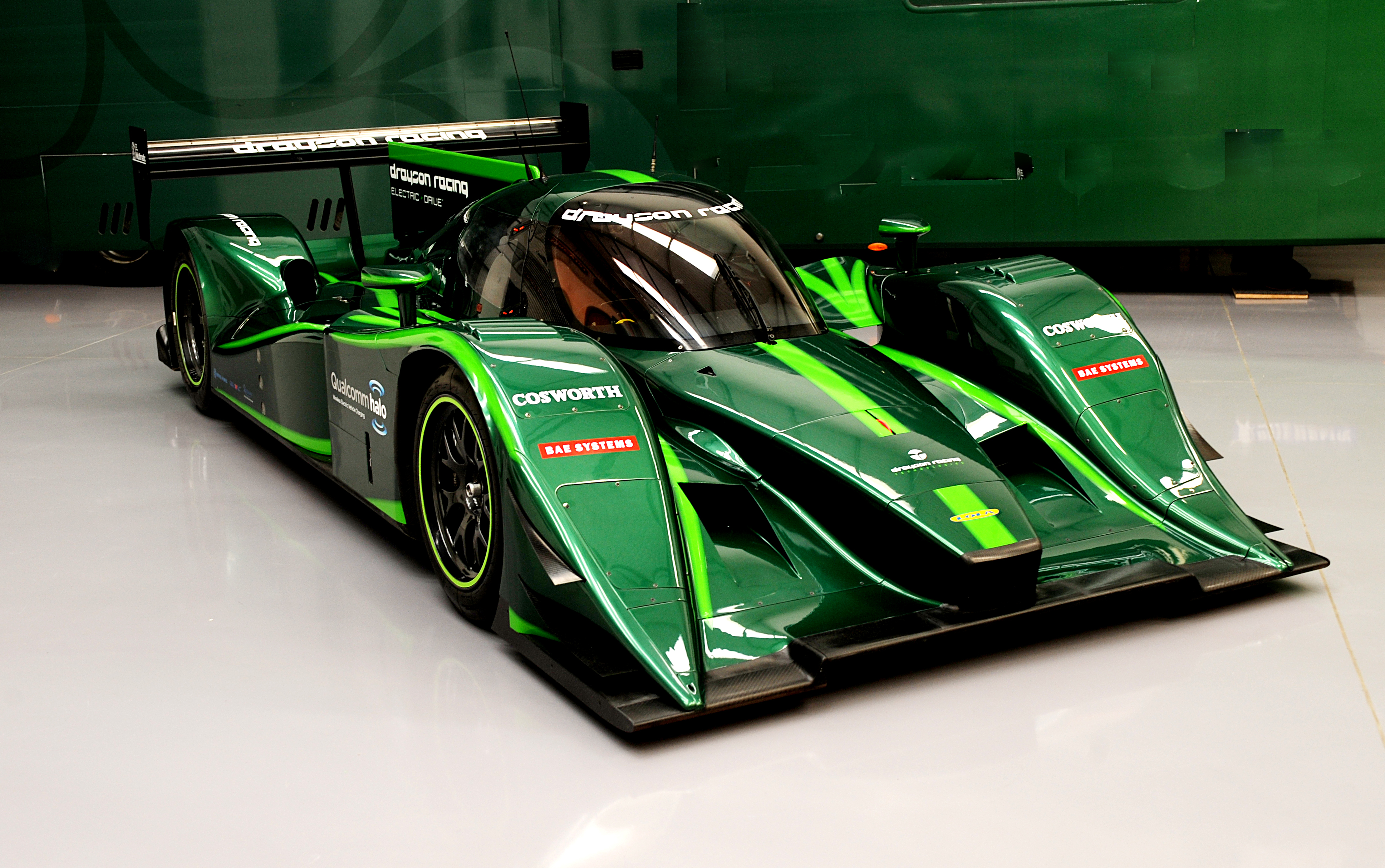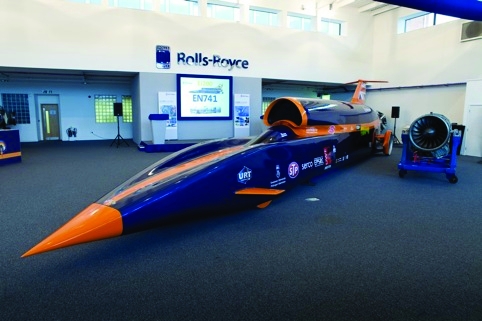The need for speed is a paradoxical obsession; after all, going fast doesn’t necessarily do us any good. I’m typing this awkwardly with broken bones in my hand after taking a tumble while out for a run last weekend; if I’d been going a bit slower I might have got away with bruises. But a trio of projects in the news this week highlight the very different goals of speed records.
Reaching the highest speed on land has always been a seductive goal for engineers, and the lightweight electric car landspeed record, which was achieved yesterday by Paul Drayson in a specially-adapted version of Drayson Racing’s B12 prototype electric racing car, was a particularly notable one. Topping 205mph at Elvington Airfield near York, Drayson’s record was intended as a showcase for the potential of electric vehicle technology; this, he said, was why he drove in something recognisable to everyone as a car, rather than the teardrop-shaped streamliners which have characterised previous record attempts.

The record proves that electric vehicle technologies have the potential to perform as well as conventional internal combustion engines, Drayson said; it also shows that motorsport is a practical proving-ground for technologies that make their way into everyday road vehicles, and waves the flag for British innovation. I’d also suggest that it shows the potential for what we might call ‘conventional’ innovation routes: everything in the B12 came out of a university, or a commercial R&D department.
The general landspeed record is a rather different proposition. Nobody would claim that the targets of these ultimate speedsters have anything to do with the conventional automotive sector, or even with what we’d recognise as conventional motorsport. Indeed, the goals of pretty much every record-holder up to now have been confined to thrill-seeking — direct or vicarious — and more or less eccentric individualism, with an added dose of flag-waving.
But Bloodhound SSC, with which readers of The Engineer will doubtless be familiar, is different. Recognising the attraction of the monstrous scale of landspeed record cars, the dash and the daring of the attempt, and the lure of an amibitous target, team leaders Richard Noble and Andy Green have turned Bloodhound into an education project, bringing thousands of schoolchildren into the fold and enthralling them with the scope of what engineering can achieve.

Setting Bloodhound’s speed target at above 1000mph, which not only improves on the current record but obliterates it, necessitates a leap into the unknown for several aspects of the car’s design: propulsion, aerodynamics, composites, forgings, and the design and manufacture techniques themselves. This means that the project might not only have more practical spin-outs than previous land speed record attempts, it will also help to enthuse a new generation of recruits into engineering.
Incidentally, much of the credit for this should also go to Paul Drayson, because it was his idea, during his time as minister for defence procurement, to make it a condition of Richard Noble’s being loaned a state-of-the-art jet engine from a Eurofighter Typhoon that he set up an education programme to run alongside the vehicle development part of the Bloodhound project.
So, we have one project showing off the best of conventional innovation, while another showcases the collaborative nature of cutting-edge engineering and its inspirational appeal. A third project (with which Drayson has no connection as far as we know) is more about another aspect of British engineering: sheer bloody-minded determination and inventiveness.
Scottish cycling legend Graeme Obree is set to attempt the world human-powered land speed record using a machine somewhat similar to a bicycle. Obree, who beat several cycling records in the 1990s on a bike he built himself using ball bearings from a washing machine, is aiming to top 83mph with a machine he calls ‘The Beastie’ — a steel-framed contraption powered by push-and-pull rods which he’ll operate while lying face-down and head-first. In keeping with his previous creations, the Beastie incorporates kitchen equipment — part of the shoulder-rest is made out of a saucepan.
Obree’s story is one of individualism and determination; for his previous records, he devised two new riding positions and trained himself in breathing techniques to maximise his body’s use of oxygen. If he succeeds in his new attempt — and I wish him all the luck in the world — it’ll be a victory for the sort of British engineering that will conquer a target whatever it takes, even if you have to take the house apart to do it and leave oily metal all over the floor. And even Drayson and Green will have to take their crash-helmets off to him.




Red Bull makes hydrogen fuel cell play with AVL
Formula 1 is an anachronistic anomaly where its only cutting edge is in engine development. The rules prohibit any real innovation and there would be...